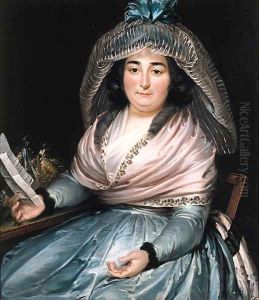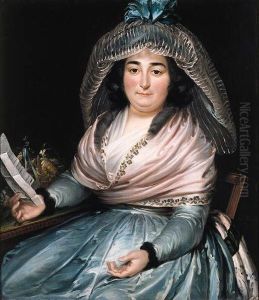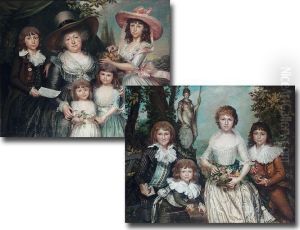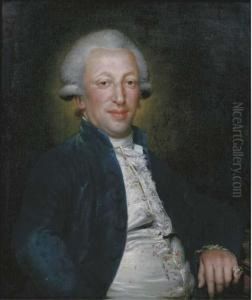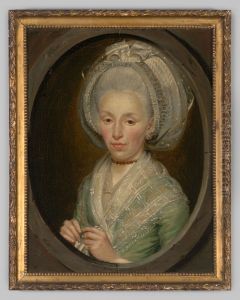Nicolas Joseph Delin Paintings
Nicolas Joseph Delin was a painter and engraver of the Walloon origin, known for his works in the early to mid-18th century. Born in 1691 in Tournai, which was then part of the Spanish Netherlands, Delin was part of the artistic milieu of the time that was influenced by the Baroque style, yet his work also hinted at the emerging Rococo sensibility.
Little is known about Delin's early life and training, but it is presumed that he received his artistic education in the Low Countries, which were renowned for their artistic production. He became a master in the Guild of St. Luke in Tournai by 1711, indicating that he had achieved a degree of recognition and proficiency in his craft by that age.
Delin's work consists primarily of portraits and religious scenes. He was also an accomplished engraver, and his prints helped disseminate his reputation beyond his native region. Delin's style, like that of many of his contemporaries, was characterized by a focus on light and shadow, a sense of movement, and an attention to detail that was typical of the Baroque. However, his lighter palette and the more playful themes of some of his works also reflected the transition to the Rococo style, which became popular during his lifetime.
Unfortunately, many of Delin's works have not survived or have been attributed to other artists, which is not uncommon for artists of this period. As a result, Delin's contributions to the art world have not been as thoroughly documented or celebrated as those of some of his peers.
Nicolas Joseph Delin passed away in 1755 in Tournai. Despite the lack of extensive records, Delin is remembered for his contributions to the Walloon school of painting and his role in the artistic transition from the grandeur of Baroque to the elegance of Rococo. His surviving works, though few, continue to be studied for their stylistic qualities and historical value in understanding the art of the 18th century in the region.
